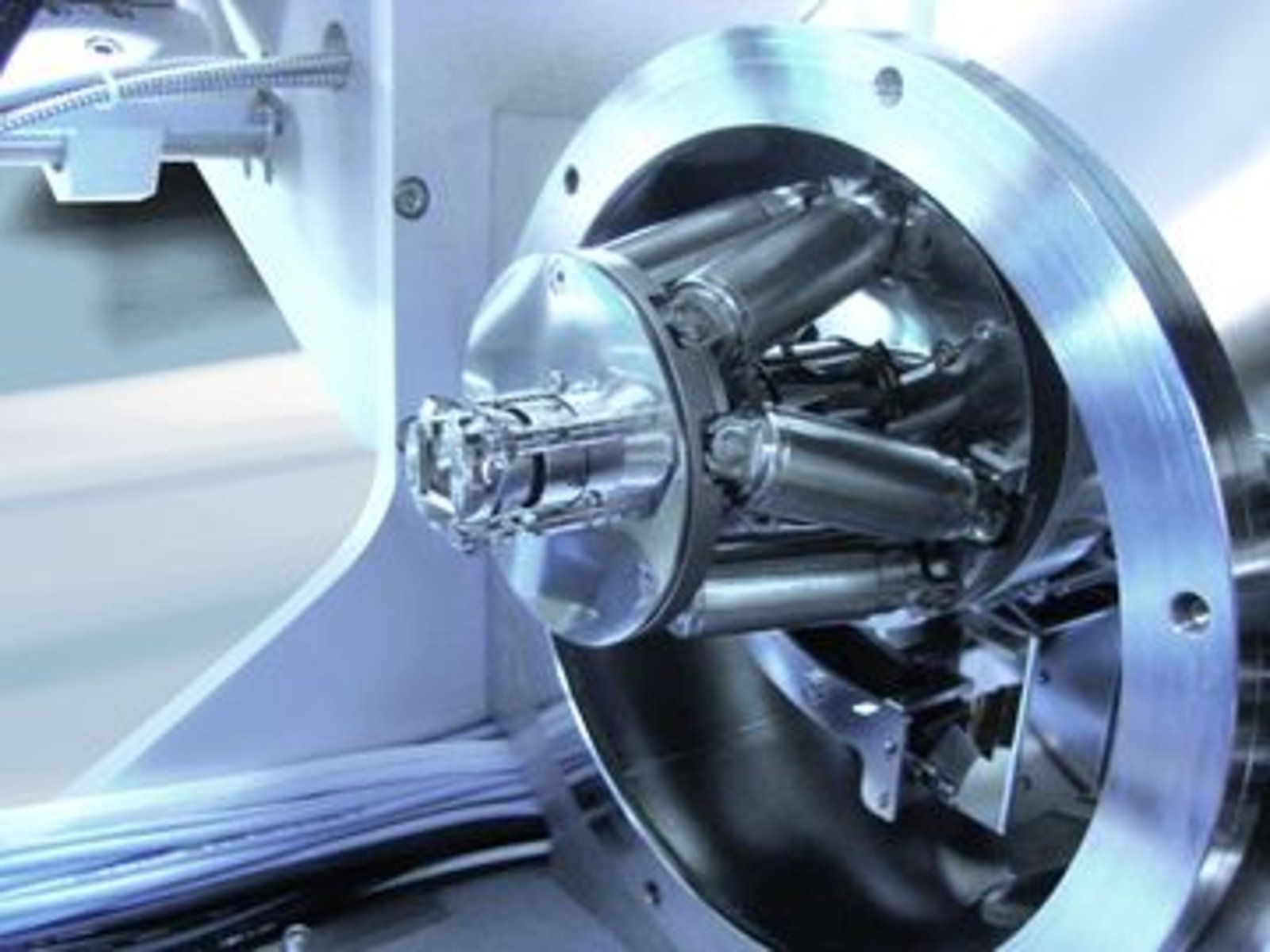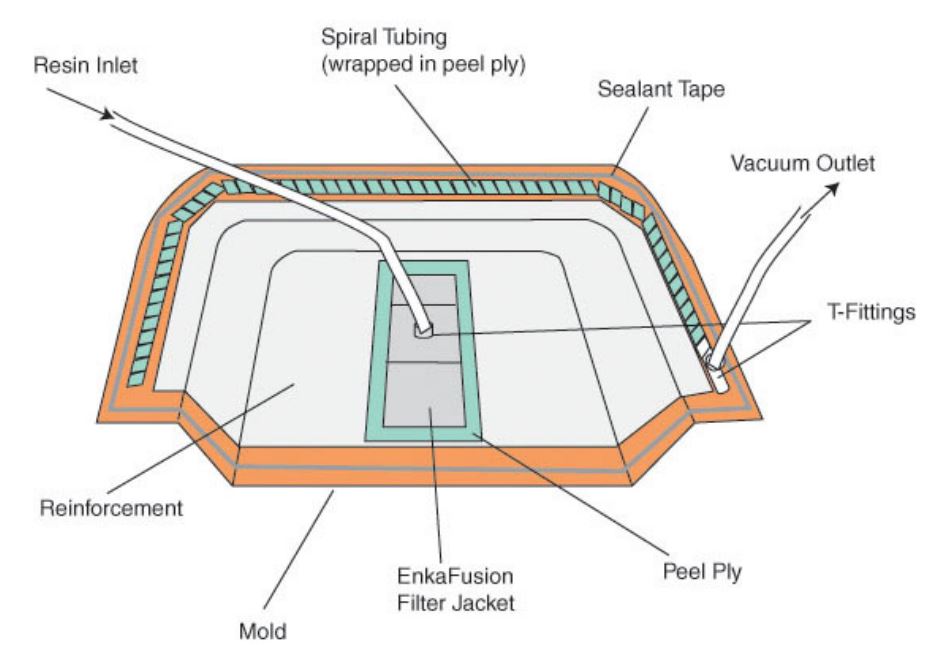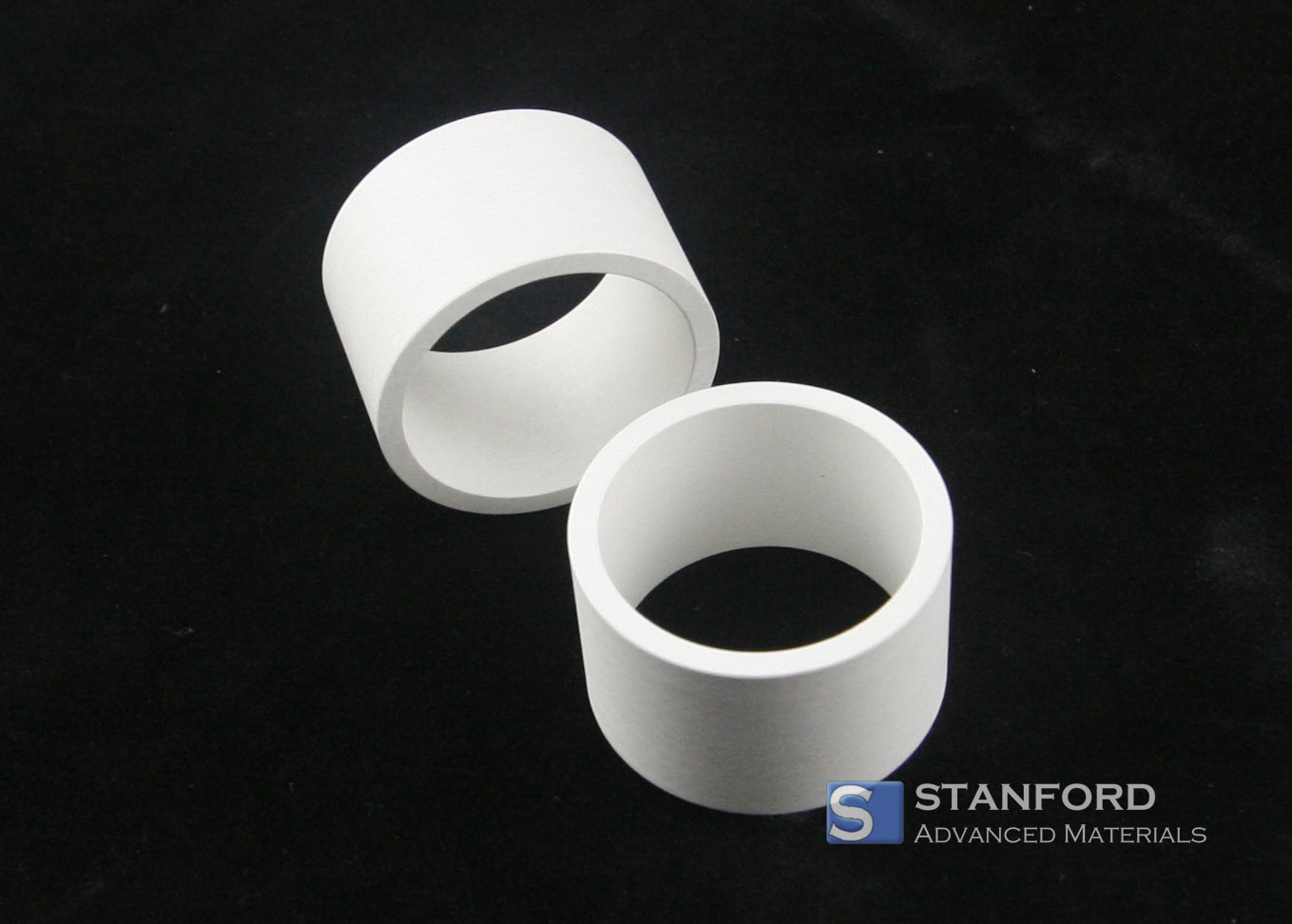Main Factors To Be Considered In The Selection Of Vacuum Materials
Gas Permeability
Infiltration is defined as the process in which a gas penetrates a solid barrier and diffuses from one dense side to the other.
Permeability depends on both the type of gas and the material. In metals, the gas permeability coefficients of some metals, such as stainless steel, copper, aluminium, and molybdenum, are very low. In most practical applications these values may be neglected. However, hydrogen exhibits high permeability in metals such as iron and nickel. The permeability of hydrogen in steel increases with carbon content. Therefore, low‐carbon steel is preferred for vacuum chamber materials. Some metals show selective gas permeation. For example, hydrogen passes easily through palladium and oxygen through cast silver. This property may be utilised for gas purification and vacuum leak detection.
Gas permeation in glass and ceramics typically occurs at a molecular level. The process depends on the diameter of the gas molecules and the size of the micropores in the material. Quartz glass, which contains pure silicon dioxide, has a micropore diameter of about 0.4 nm. The effective pore diameter in other glasses is reduced because alkali metal ions such as potassium, sodium and barium fill the micropores. Consequently, gases permeate quartz glass more readily than other glasses. Helium molecules have the smallest diameter among gases. Thus, helium permeation in quartz glass is the highest among gas–solid pairs.
Gas permeation in organic materials, such as rubber and plastics, generally occurs at the molecular level. Due to their larger pores, organic materials exhibit significantly higher gas permeability than glass and metal.
The Degassing Properties of the Material
Each solid material may absorb gases during manufacturing and when exposed to the atmosphere. When the material is placed in a vacuum, the original dynamic equilibrium is disrupted. Consequently, the material releases air through solubilisation and desorption. The commonly used unit for the degassing rate is Pa · L/(s · cm²). The degassing rate is generally proportional to the gas content and the temperature within the material. The unit Pa · L/cm² may be used when the volumetric content is taken into account.
Degassing at Room Temperature
Most organic materials primarily contain water vapour, which exhibits a high release rate and a slow decrease over time. Thus, these materials are generally not suitable for the interior parts of vacuum vessels. In glass and ceramics at room temperature, the air released originates mainly from the surface. The principal component is water vapour, followed by CO and CO₂. Following baking and heating, the water vapour within the oxidation film on the glass surface can be essentially removed. Thereby, the degassing rate at room temperature is considerably reduced.
High-Temperature Degassing
Certain structural materials, such as Molybdän-Elektroden, Tantal-Targets, Bor-Verdampfungsquellen, heating devices and other equipment, frequently operate at high temperatures in vacuum systems. It is generally assumed that high-temperature gas exhalation is primarily determined by diffusion within the bulk. Only a small fraction of the total exhalation originates from gas desorbed at the surface. High-temperature degassing in glass, ceramics and mica does not fundamentally differ from room temperature degassing, aside from the acceleration of the diffusion process. The behaviour of gas diffused from a metal at high temperature is distinct. The gas dissolved in a metal is atomic. Consequently, the molecular gas released in a vacuum is typically formed by surface reactions. Some metals, for example Ni and Fe, are mainly controlled by oxygen diffusion within the bulk. Therefore, decarburisation of metals can reduce CO and CO₂ emissions.
Glass and metal surface layers are also an important source of high-temperature gas. Consequently, various surface treatment methods such as chemical cleaning, organic vapour degreasing, polishing, corrosion and atmospheric baking oxidation can substantially reduce gas release from the material. Furthermore, the rate of material degassing depends not only on the degassing duration but also on the surface pre-treatment method and the surface condition of the material. For example, cleaning a surface with an organic solvent to remove grease may remove only a single molecular layer of contamination; complete removal requires vacuum baking.

The Vapour Pressure and the Evaporation Rate of the Material
In vacuum technology, vapour pressure and evaporation (sublimation) rate are important parameters. The saturation vapour pressure of vacuum grease and vacuum-regulated hot wire may limit the achievable vacuum. The sublimation rate of vacuum coating materials and getters is an important design parameter for vacuum coating systems and getter pumps. The saturation vapour pressure of cryogenic liquefied gas is related to the limiting pressure of cryogenic condensation pumps.
It is evident that materials with high vapour pressures at the operating temperature range of the vacuum system cannot be used. In the operating temperature range, the saturation vapour pressure of all materials exposed to the vacuum must be sufficiently low. Consequently, the vacuum system must attain the required operating vacuum without interference from the materials’ vapour pressures or gas release properties. Although the vapour pressure of some materials is low or sometimes undetectable at room temperature, it may increase to measurable levels with rising temperature.

 Bars
Bars
 Beads & Spheres
Beads & Spheres
 Bolts & Nuts
Bolts & Nuts
 Crucibles
Crucibles
 Discs
Discs
 Fibers & Fabrics
Fibers & Fabrics
 Films
Films
 Flake
Flake
 Foams
Foams
 Foil
Foil
 Granules
Granules
 Honeycombs
Honeycombs
 Ink
Ink
 Laminate
Laminate
 Lumps
Lumps
 Meshes
Meshes
 Metallised Film
Metallised Film
 Plate
Plate
 Powders
Powders
 Rod
Rod
 Sheets
Sheets
 Single Crystals
Single Crystals
 Sputtering Target
Sputtering Target
 Tubes
Tubes
 Washer
Washer
 Wires
Wires
 Converters & Calculators
Converters & Calculators
 Write for Us
Write for Us



 Chin Trento
Chin Trento



